Are you looking for ways to reduce stress and tension? Receiving a massage can be a great way to relax, reduce stress, and leave you feeling refreshed and rejuvenated. This guide will provide you with essential tips on how to receive a massage to ensure you get the most out of your experience.
Contents
Benefits of Receiving a Massage
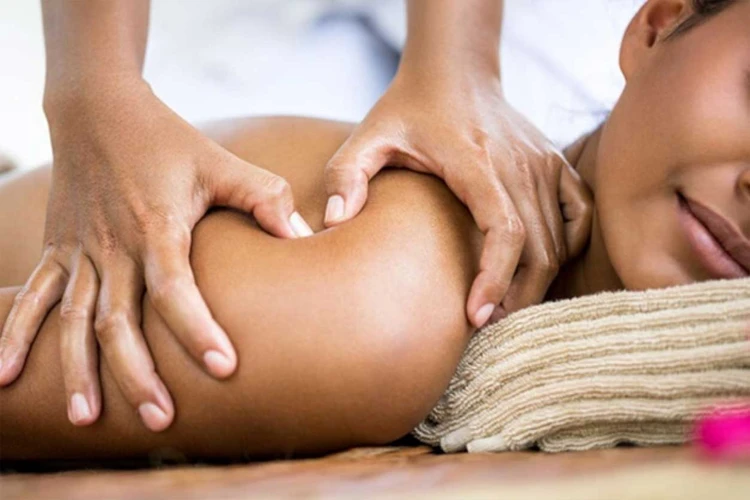
Physical Benefits
Receiving a massage is an effective way to reduce physical tension and muscular pain. It can help improve circulation, increase flexibility, and decrease symptoms of headaches, neck and back pain, and other chronic pain conditions. Massage therapy can also reduce inflammation, improve posture, and reduce stress hormones.
Mental Benefits
Massage can help to reduce stress and anxiety levels, leading to increased relaxation and mental clarity. It can also help to improve mood, reduce fatigue, and improve your overall sense of well-being. Receiving a massage is an excellent way to take some time out of your day and focus on yourself, allowing you to gain the necessary mental and physical relaxation needed to reduce stress.
Types of Massages
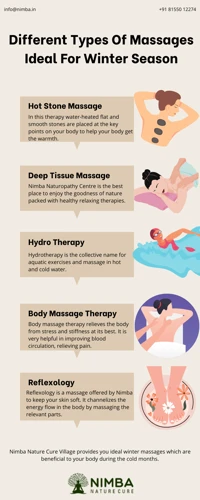
Swedish Massage
Swedish Massage is the most common type of massage. It consists of long, flowing strokes that help to relax the entire body and reduce stress.
Deep Tissue Massage
Deep Tissue Massage is a more intense massage that focuses on specific areas of the body that require deeper pressure. This type of massage is beneficial for those who have chronic muscle tension or pain.
Hot Stone Massage
Hot Stone Massage uses hot stones to massage the body. The heat from the stones helps to relax the muscles and relieve tension.
Sports Massage
Sports Massage is a type of massage specifically designed for athletes. It helps to improve performance and prevent injuries.
Reflexology
Reflexology is a type of massage that uses pressure points on the feet and hands to relieve tension and promote relaxation.
How to Prepare for a Massage
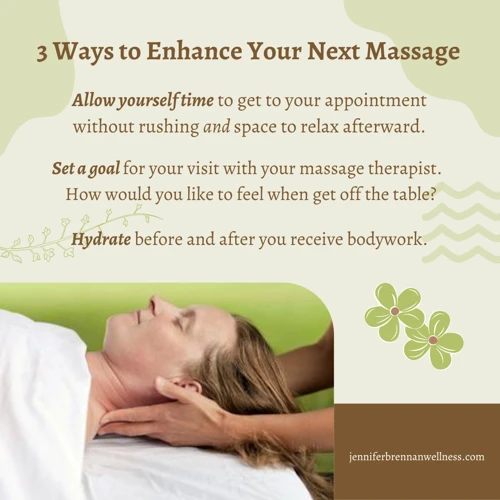
Pre-Massage Consultation
Before your massage, you’ll have a consultation with your therapist. This is a chance to discuss your health history, any areas of discomfort you want addressed, and your massage goals. Be honest about any health issues you have to ensure that your massage is tailored to your needs.
Clothing
Most massage therapists will ask you to undress to your comfort level. Wear something that makes you feel comfortable and relaxed. You’ll be properly draped during the massage, so your modesty will be respected at all times. If you’d prefer to keep your clothes on during the massage, discuss this with your therapist beforehand.
Steps to Receive a Massage
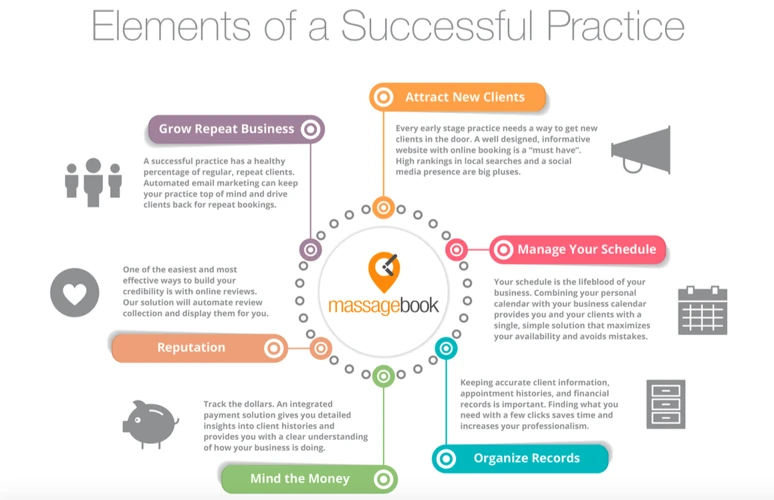
Lie on the Massage Table
Once you enter the massage room, lie down on the massage table. Make yourself comfortable by positioning yourself in a way that feels the most relaxing. The therapist may also help you by providing bolsters or pillows for additional support.
Cover Yourself with a Blanket
The therapist will provide you with a blanket to cover yourself with. This is important as it helps to keep you warm and comfortable during the massage.
Communicate with the Therapist
During the massage, it is important to communicate with the therapist. If you feel any discomfort or experience any pain, be sure to let the therapist know. This will help to ensure that you receive the most relaxing and stress-relieving massage possible.
After the Massage
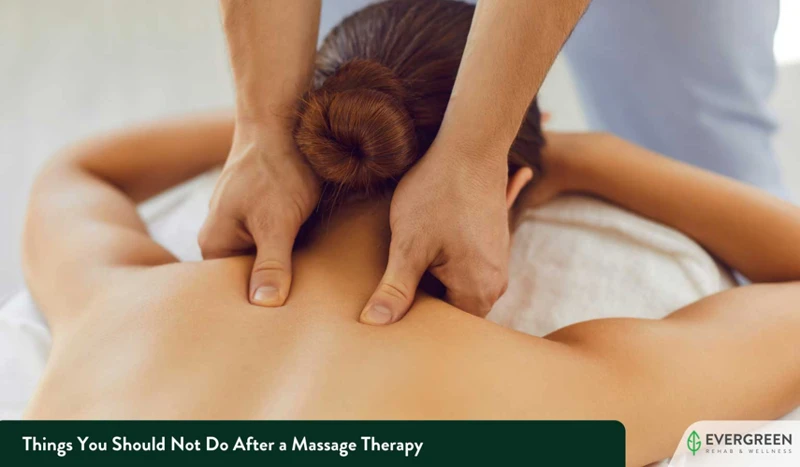
Once the massage is complete, it is important to take some time for yourself to relax and reflect on the experience. Allow yourself to rest for a few minutes, as this will help your body to absorb the effects of the massage. You may experience a feeling of relaxation and relief. Allow yourself to enjoy these sensations and take some deep breaths.
If you have any discomfort or soreness, gently stretch or move your body. You may also want to drink plenty of water, as this helps to flush out toxins that were released in the massage.
Additionally, it is recommended to take some time to practice self-care after the massage. This can include activities such as taking a long warm bath, reading a book, or engaging in a gentle yoga practice.
Finally, make sure to follow up with your massage therapist to discuss any changes in your body or any lingering effects of the massage. Your massage therapist can provide you with additional tips and guidance to enhance your massage experience.
Precautions for Receiving a Massage
Contraindications
Before considering a massage, it is important to first determine if there are any contraindications. These include any medical conditions that may be exacerbated by massage, such as deep vein thrombosis, certain types of cancer, severe osteoporosis, or any other medical condition which may be made worse by massage. It is also important to discuss any potential risks with a healthcare professional before undergoing a massage.
Pregnancy
Pregnant women should be aware that certain types of massage are not recommended during pregnancy. These include any type of deep tissue massage, hot stone massage, and reflexology. It is also important to avoid any massage that involves direct pressure on the abdomen or any other area that may be uncomfortable for the pregnant woman. It is best to consult a healthcare professional before considering a massage during pregnancy.
Frequently Asked Questions
What are the Benefits of a Relaxing Massage?
1. Stress Relief: A massage provides a deep sense of relaxation, which helps to reduce stress levels. It helps to reduce the production of the stress hormone cortisol, and can help to bring balance to the body’s hormones.
2. Improved Circulation: Massage therapy increases circulation throughout the body, allowing oxygen and nutrients to reach cells more quickly. This can help to reduce muscle tension, improve flexibility, and reduce pain.
3. Improved Sleep: Massage can help to improve the quality of sleep, as it helps to reduce stress and relax the body and mind.
4. Alleviate Symptoms of Depression: Massage therapy can help to reduce symptoms of depression, as it helps to reduce stress, improve circulation, and promote relaxation.
5. Pain Relief: Massage is an effective way to reduce pain and discomfort in the body, as it helps to relax tight muscles and reduce inflammation.
6. Improved Immunity: Massage can help to improve the body’s immunity by stimulating lymphatic flow and increasing the production of white blood cells.
7. Increased Energy: Massage helps to reduce fatigue and increase energy levels, as it helps to reduce stress and promote relaxation.
Is it safe to receive a massage during pregnancy?
Yes. Massage therapy is generally a safe and effective way to reduce stress and promote relaxation during pregnancy. It is important to always let your massage therapist know that you are pregnant before you begin the massage.
- The therapist can adjust the massage technique and pressure to suit your needs.
- Make sure to tell your therapist about any medical conditions and medications you are taking.
- Massage therapy should not be done directly on the abdomen or in the first trimester.
- Massage therapy can help relieve aches and pains, reduce stress and anxiety, and improve circulation.
- It can also help to reduce swelling, improve sleep, and aid in labor preparation.
When receiving a massage during pregnancy, it is important to be comfortable and to communicate with your therapist. Make sure you are in a comfortable position and that the therapist is aware of any areas that are causing you discomfort.
What type of massage is best suited for stress relief?
- Swedish massage – is the most common type of massage, and is best suited for stress relief because it helps to relax the body and mind. It involves long, flowing strokes and kneading of the muscles.
- Deep tissue massage – is a more intense massage that focuses on the deeper layers of the muscles. It helps to release tension and reduce stress, and it is especially beneficial for those suffering from chronic muscle pain.
- Hot stone massage – is a type of massage that uses heated stones to relax the muscles and relieve stress. The heat helps to soothe the muscles, and it is especially beneficial for those who suffer from tension headaches.
- Reflexology – is a type of massage that focuses on the feet and hands. It helps to stimulate the reflex points in the body, which can help to reduce stress and tension.
- Shiatsu massage – is a Japanese massage technique that uses pressure points to help relieve stress and tension. It is effective for reducing anxiety and improving overall wellbeing.
What should I expect during a massage session?
During a massage session, you should expect to be in a comfortable and relaxed environment. You will be asked to lie down on a massage table and the massage therapist will use their hands, forearms and elbows to apply pressure to the muscles, tendons and ligaments. Depending on the type of massage, you may also experience heat, aromatherapy, and/or sound therapy. The massage therapist may use different techniques, such as Swedish massage, deep tissue massage, and shiatsu. You may be asked to provide feedback on the pressure and intensity of the massage to ensure you are comfortable. The massage therapist may also ask you questions about your health history and any existing medical conditions to ensure that the massage is safe and beneficial.
Are there any precautions I should take after a massage?
Yes, there are. Following the massage, it’s important to take some precautions to ensure a positive experience. These include:
- Drink plenty of water and other fluids to hydrate your body and help flush out toxins.
- Avoid strenuous activities for the rest of the day, such as exercise or heavy lifting.
- Avoid alcohol and caffeine, which can dehydrate the body.
- Use a heating pad or hot water bottle to reduce any soreness or stiffness.
- Avoid taking a hot bath or shower for at least 24 hours after the massage.
- Avoid tight clothing that may impede circulation.
- Avoid stimulants such as nicotine and caffeine.
- If you have an underlying medical condition, consult with your doctor before and after a massage.
By following these simple steps, you can make sure that you get the most out of your massage and help it to have a long-lasting, beneficial effect.
Conclusion
A massage is a great way to relax and help relieve stress. To make sure that you receive a massage that is both safe and effective, be sure to choose a trained professional. Prepare for the massage by speaking with the therapist about your health history and any areas of concern. During the massage, communicate with the therapist about any areas that are uncomfortable or need more attention. Finally, follow the post-massage advice from the therapist to ensure long-lasting relaxation.

